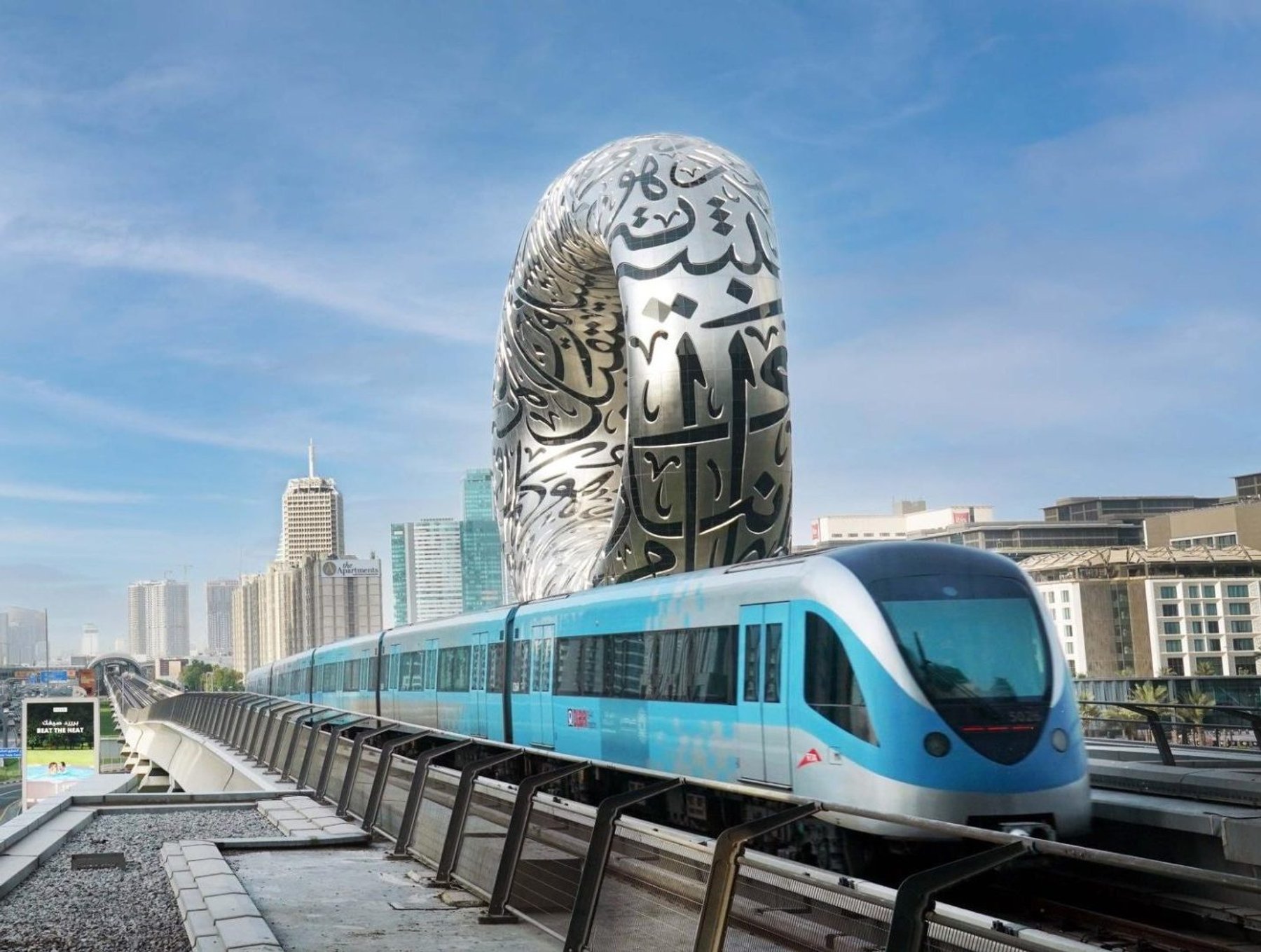
Importing a car from the UAE to Saudi Arabia requires compliance with regulations, preparation of documents and customs procedures, but can be significantly simplified with the help of specialized services.
Import from UAE
Importing a car from the United Arab Emirates to Saudi Arabia requires a number of conditions and official procedures. First of all, the vehicle must not be older than five years and must comply with Saudi Arabian standards (SASO). It must also be free from legal and financial restrictions. Only passenger cars are allowed to be imported; buses and commercial vehicles are not allowed for import by residents.
To import, you will need a number of documents: an export certificate issued by the RTA in the UAE, an identity card, Iqama, a valid driving license, an original invoice for the car confirming its value and ownership, and a power of attorney for a customs broker if the clearance is carried out through an intermediary.
The first step is to have the vehicle inspected and obtain an export certificate in the UAE, for example through accredited centres such as Tamam in Dubai. Then you need to go through customs clearance in the UAE, paying a duty and VAT of about 5% of the cost of the car. After that, the car is transported to Saudi Arabia.
When crossing the border, you must provide all the documents, go through local customs, pay duties and taxes. Then the car is subject to registration with the traffic police and the registration of an insurance policy.
Residents of Saudi Arabia are limited to one passenger car every three years, and are not allowed to sell it during that period. Citizens of the Gulf Cooperation Council countries can import up to two cars per year. Care should be taken to ensure that all paperwork is completed correctly to avoid delays and possible fines.
Many prefer to entrust the process to specialized platforms, such as YallaMotor, which offer comprehensive assistance - from selecting a car to its delivery, customs clearance and registration. This helps to significantly simplify the import and avoid bureaucratic complications.
Recommended
See all





